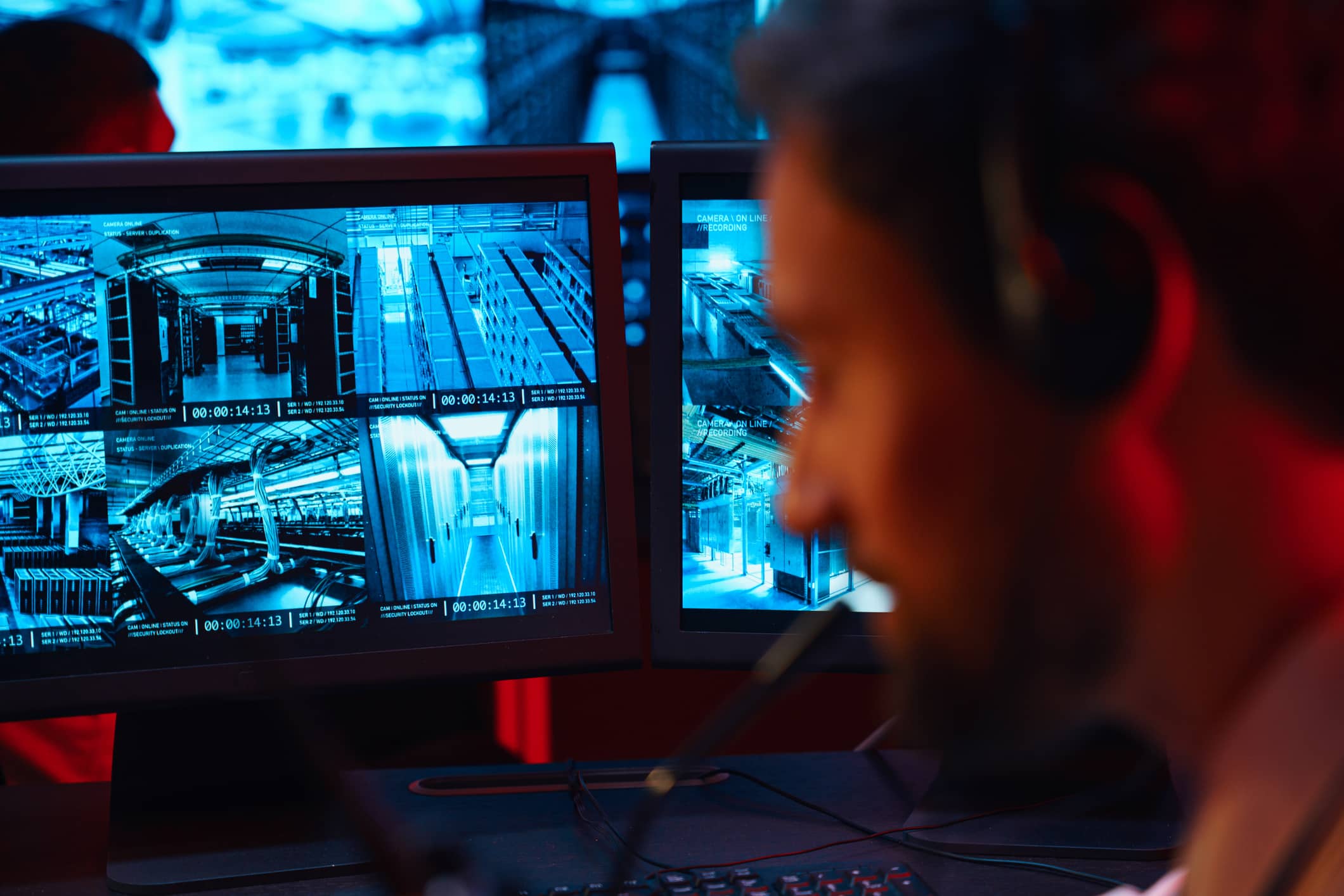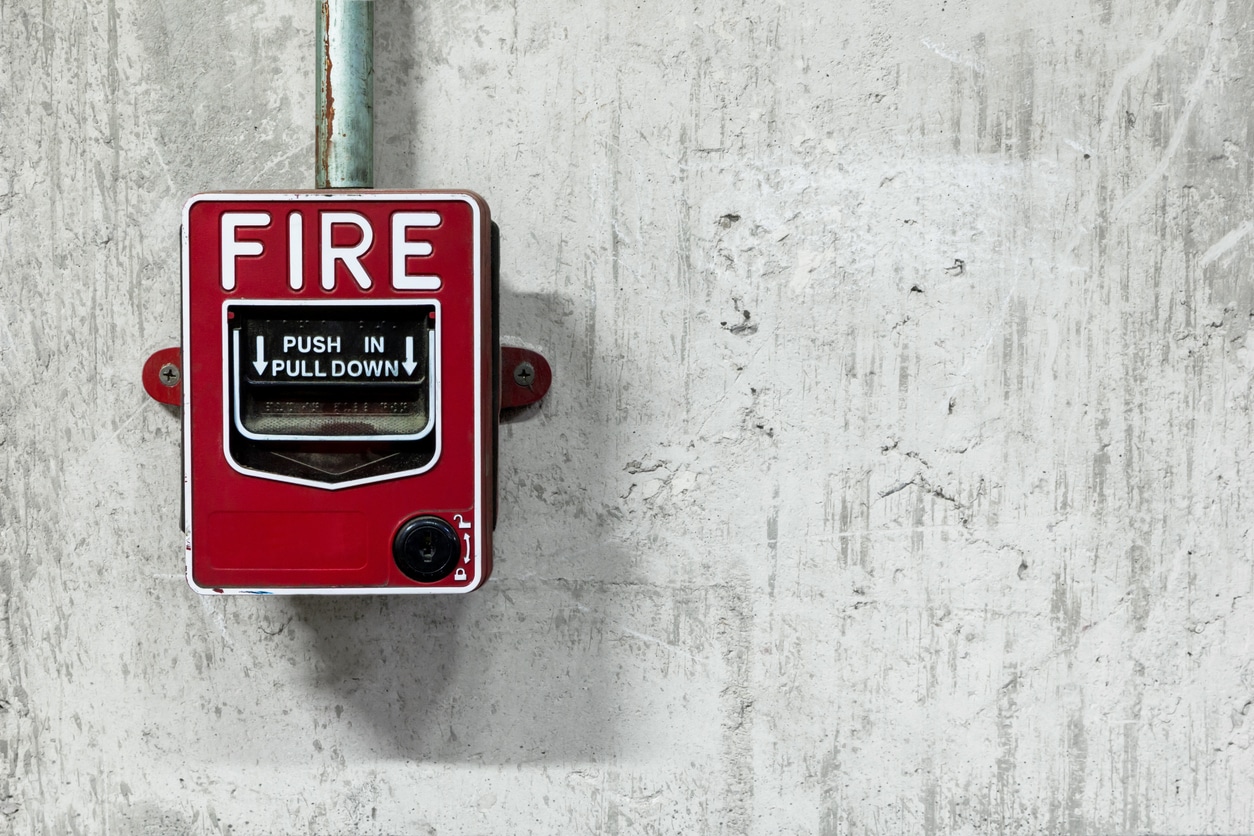Many companies closely track performance related to cost-savings, profits, and customer satisfaction. To achieve these goals, metrics need to be identified surrounding various areas of program performance.
When it comes to physical security operations, how you approach measuring performance isn’t much different. To get started, you’ll need to understand the purpose of key performance indicators (KPIs) and then choose the right ones that align with your goals.
Here are some of the basics and a list of the physical security KPIs your business should be tracking in 2022.
What Are Key Performance Indicators (KPIs)?
A key performance indicator (KPI) is a critical indicator of progress toward a business goal. KPIs provide businesses with a focus for operational and strategic improvements, creating a data-based foundation for decisions. They also help a business focus on things that matter. According to Peter Drucker, “What gets measured gets done.”
There are many different types of KPIs. While some are used to measure weekly or monthly progress against a set benchmark, others have a longer-term focus. However, all KPIs are somehow tied to overall strategic goals. When selecting KPIs, it’s helpful to understand the different types.
- Operational — These KPIs generally measure short-term performance and are focused on organizational efficiencies and processes. Some examples include monthly costs and sales by region.
- Strategic — These are big-picture KPIs that focus more on organizational goals. Top-level management will often look at one or two KPIs to determine how the organization is performing at any given point. Examples include market share, revenue, and return on investment.
- Functional Unit — Some KPIs are tied to specific functions, like IT, finance, or security. While finance KPIs might track profit margins or cost-savings, IT and security KPIs track things like the time required to resolve issues or system uptime.
- Leading vs. Lagging — Regardless of which type of KPI you decide to use, you should be able to identify whether they are leading or lagging indicators. A leading indicator is a good predictor of outcomes, while a lagging indicator tells you about events that have already happened. Most organizations use a combination of both, so they know they have the right data on hand for any situation.
Why Measure KPIs?
KPIs are more than just numbers you report weekly, monthly, or quarterly. They enable you to understand the health and performance of your business so that you can make vital adjustments to get closer to the achievement of your strategic goals. Why should you be measuring your security performance KPIs? Here are five reasons.
1. To Measure Progress Over Time
At their core, KPIs allow your business to track various indicators over time. You can set benchmarks at the beginning of a year or quarter and use periodic KPIs to help you measure your progress toward established goals.
2. To Identify Problems and Opportunities
Using KPIs and the right technology solutions, you will have the data you need to solve developing problems and take advantage of opportunities. Maybe you have a new product you wish to test in specific markets. KPIs can help you monitor the effectiveness of your efforts.
3. To Encourage Accountability & Boost Morale
Without KPIs, you risk making inaccurate business and personnel decisions, but these measurement tools give you the data to hold the right people and departments accountable when something isn’t working. Likewise, KPIs can boost morale and motivate your team when it hits established targets.
4. To Analyze Developing Patterns
If you analyze the same figures month after month, you will begin to detect patterns that tell a story. Assuming you see security events increasing in a particular neighborhood during the first week of every month, you can use that data to investigate what is happening there and find ways to address the issue.
5. To Gauge Company Health
KPIs provide a scorecard for your company’s health. When you choose your KPIs, select the ones you wish to see improvement on as a means to achieve your business goals. By continuous monitoring, you’ll get an idea of where you need to focus your energies.
Physical Security KPIs to Track
When choosing KPIs, it’s important to select meaningful ones. Good KPIs will meet several different criteria:
- It should be measurable and uncomplicated.
- It needs to be linked to a business objective.
- It should demonstrate changes over time.
- It should measure outcomes, not inputs.
Understanding this, here are several physical security KPIs your business can track in the coming year under different categories.
Prevention KPIs
How effective are you at implementing the physical security efforts your clients need?
Ways to Measure:
- % of installation deadlines met
- % of employees who have successfully completed system and security training
- Total number of areas being monitored
Security Incidents KPIs
Is the client’s exposure to security incidents heading in a positive direction or something that needs to be addressed?
Ways to Measure:
- # of security incidents per category
- # of security incidents per site
- % of false alarm security incidents
Security Response KPIs
How successful are your monitoring and incident response efforts?
Ways to Measure:
- % of incidents that require a response
- % of incidents that require escalation and to what level?
- Average time to incident detection
- Average time to incident resolution
- Number of alarms activated per month
- Number of alarms activated per neighborhood
- Average dispatcher response time
Business Performance KPIs
Is the physical security system helping your client achieve its priorities?
Ways to Measure:
- Security cost per $ of revenue
Using KPIs to Improve the Client Experience
This list of KPIs should give you a broad idea of what’s possible, but that doesn’t mean you need to track each of these benchmarks. Some organizations choose several KPIs tied to each strategic goal with the knowledge that you can remove the ones that aren’t providing value. With the proper processes and tools, the KPIs you choose will help you improve the client experience and achieve your established goals.
An optimized security monitoring service starts with having the right solutions in place to give your client the protection and peace of mind they deserve. Quick Response also offers clients a real-time dashboard that turns data into valuable insights. When it comes to security, identifying and tracking KPIs can make a significant difference in overall results. For more information about our security monitoring solutions, contact us today.




